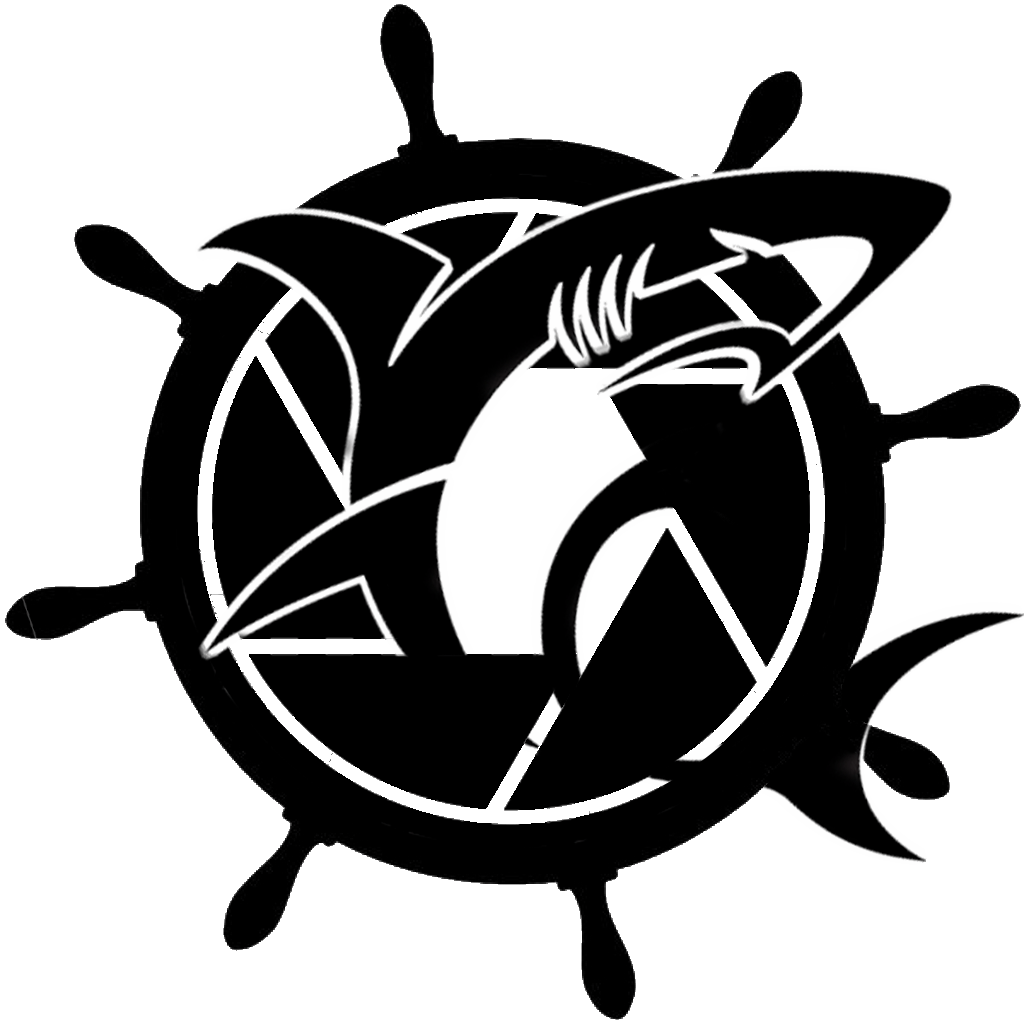Navigation Masterclass Ch 2.
Essential Tools for Navigating
Introduction:
Regarding sailing, navigation is vital in ensuring a safe and successful voyage. In today's modern era, we have the privilege of advanced technologies that make navigation more straightforward than ever before. However, it is essential for every sailor, whether a seasoned pro or a beginner, to be equipped with the right tools for navigating. This blog will explore critical tools to enhance your sailing experience, making it smoother and more enjoyable.
1. Nautical Chart:
A nautical chart is a must-have tool for any sailor. It provides crucial information about a waterway, including depth, shoals, navigation aids, landmarks, and other vital details. Nautical charts are constantly updated to ensure accuracy and come in various formats, including paper charts and electronic charting systems. Always carry a reliable, up-to-date nautical chart as your primary reference to keep you on the right course.
2. Compass:
A compass is a timeless navigation tool used for centuries to determine direction. Whether you prefer a traditional or digital magnetic compass, having a reliable one on board is essential. It allows you to navigate safely, even in adverse conditions or when electronic systems fail. A compass will always point you towards magnetic north, which is crucial for plotting your course accurately.
3. GPS (Global Positioning System):
In this era of advanced technology, navigating without a GPS is almost unthinkable. GPS is a satellite-based navigation system that provides accurate positioning and timing information anywhere on Earth. It enables sailors to determine their precise location, track their route, and calculate speed more efficiently. While GPS is handy, it is wise to have a backup, like a nautical chart or compass, in case of technical failures.
4. Binoculars:
Binoculars are an invaluable tool for any sailor. They allow you to spot navigation aids, recognize hazards, and identify landmarks or other vessels from a distance. Opt for waterproof, fog-proof marine-grade binoculars that have good light-gathering capabilities. You can enhance your situational awareness and make informed decisions while navigating with reliable binoculars.
5. Handheld VHF Radio:
Communication is crucial while sailing, especially in emergencies or needing assistance. A handheld VHF (Very High Frequency) radio allows you to communicate with other vessels, harbour authorities, or the coast guard. It is essential to check and comply with VHF radio regulations and licensing requirements wherever you sail to ensure your safety and the safety of others on the water.
6. Navigation Apps:
In today's digital world, numerous navigation apps are available for sailors. These apps provide real-time information, including charts, weather updates, tides, and even GPS navigation. Choose a reputable app that offers offline functionality and regular updates. However, always have a backup plan, as technology can sometimes fail or lose signal in remote areas.
7. Dividers and Navigational Ruler:
Precise navigational calculations require tools like dividers and a navigational ruler, also known as a parallel ruler. Dividers help measure distances on the chart, while a navigational ruler assists in drawing straight lines, parallels, and angles. These tools are essential for plotting courses, measuring bearings on charts, and other calculations needed for accurate navigation.
8. Weather Instruments:
Weather plays a significant role in sailing, as wind, waves, and current conditions impact your voyage. Having weather instruments onboard, such as anemometers, barometers, and thermometers, can provide information about weather patterns and help make informed decisions. Familiarize yourself with interpreting weather instruments to understand weather changes better and plan your route accordingly.
9. Logbook:
Maintaining a logbook is an essential practice for any sailor. It is a valuable record of your voyage, documenting critical details such as course, speed, weather conditions, and any notable observations. A logbook helps improve navigation skills and becomes a cherished record of your sailing experiences.
Conclusion:
Navigating while sailing requires the right tools to ensure a safe and enjoyable voyage. From traditional instruments like a compass and nautical chart to advanced technologies like GPS and navigation apps, plenty of options are available. Remember, even with these tools, it is essential to develop and maintain navigation skills. Stay updated, practice regularly, and, most importantly, have fun exploring the vast oceans confidently and efficiently. Safe sailing and smooth navigation!
